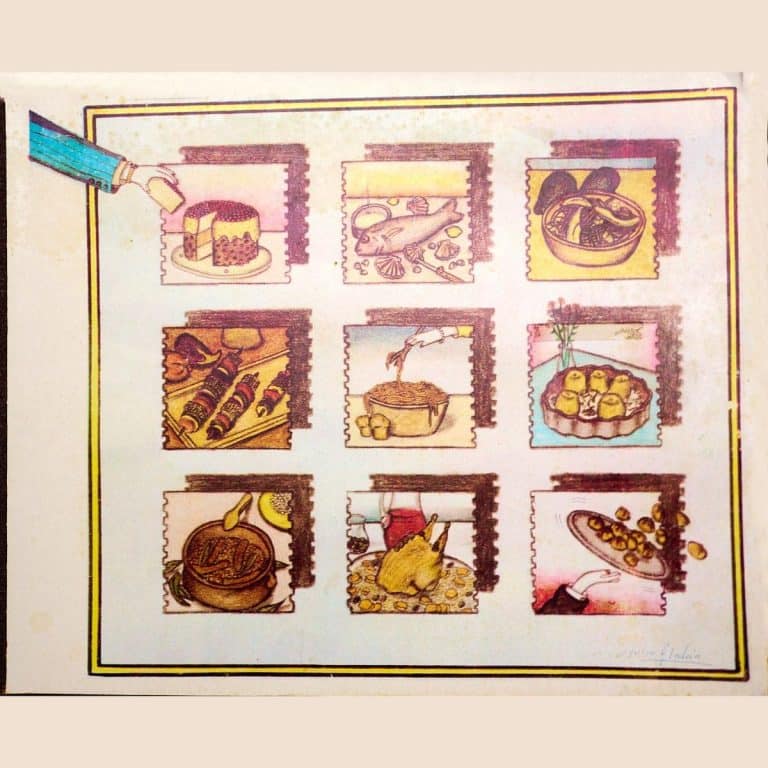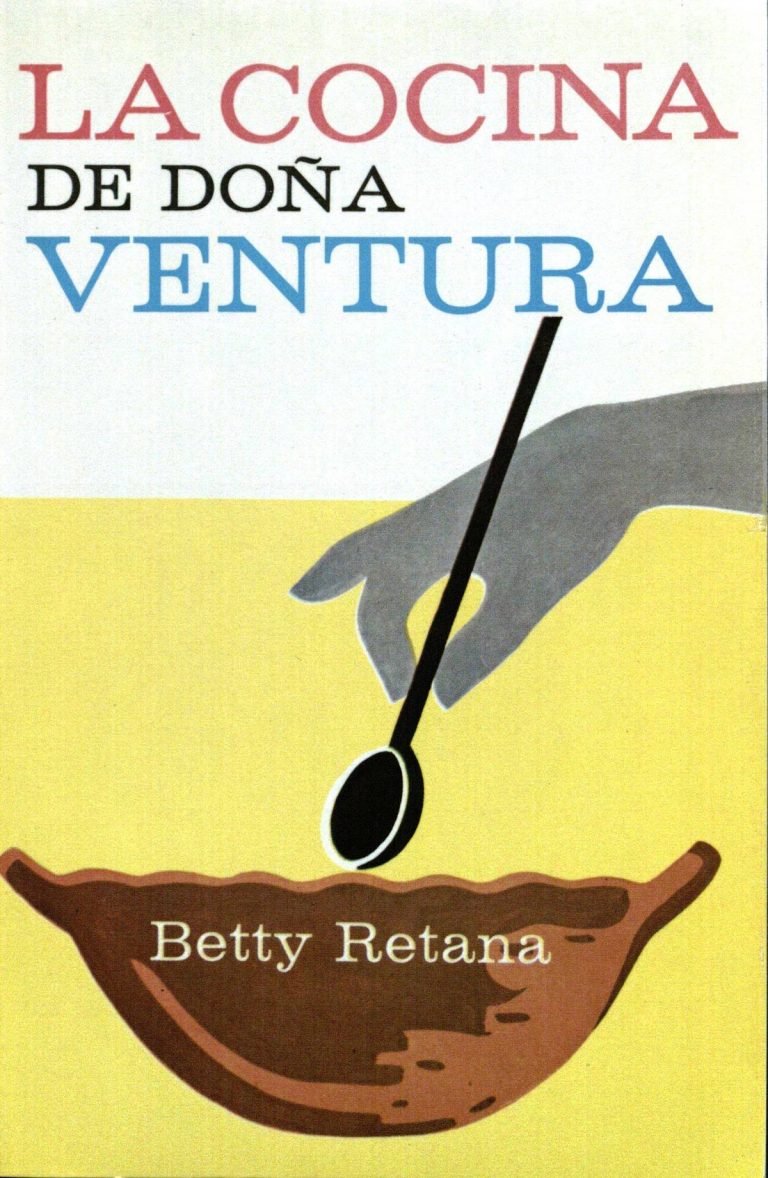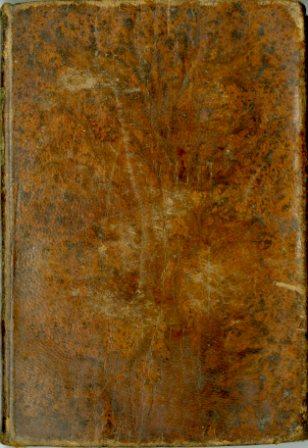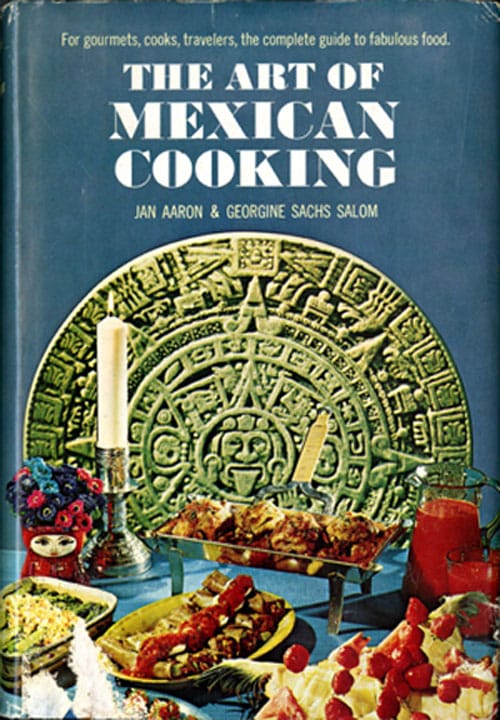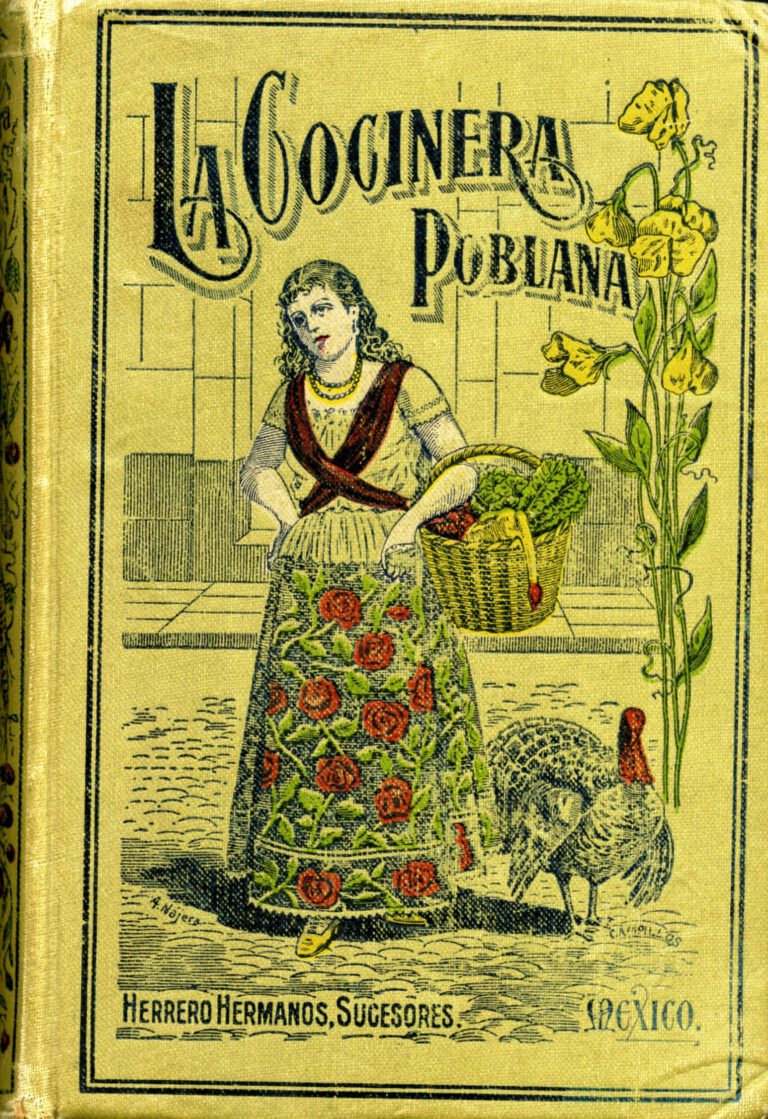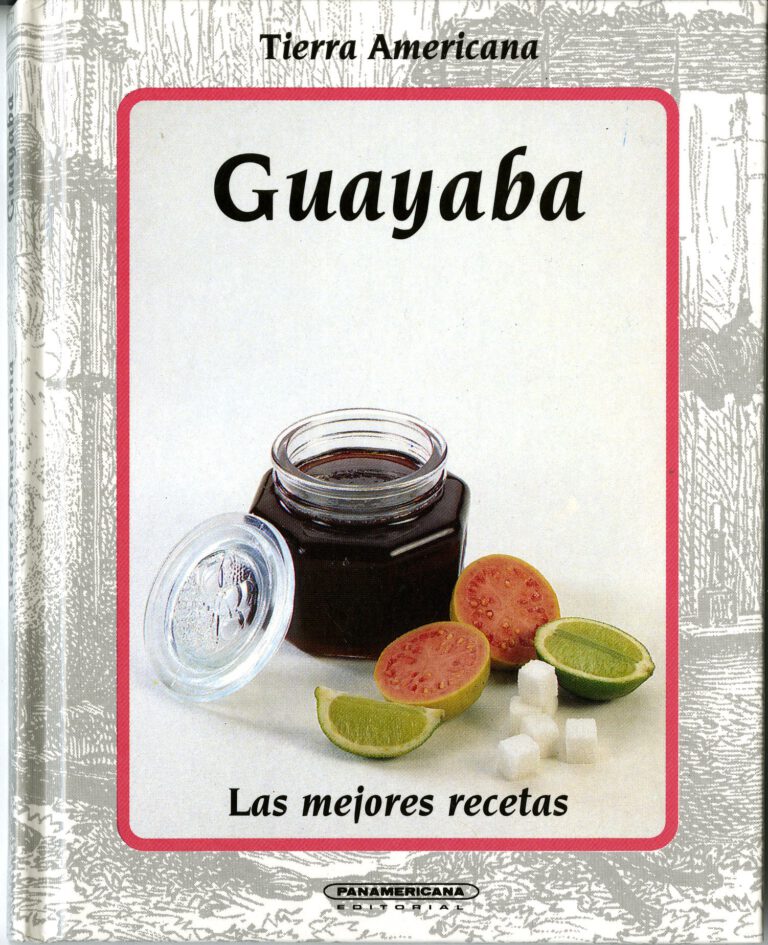Salsas de Sr. H. Winder 1904 (Salsas from Mr. H. Winder)
Morante, Paulina. Recetas de Cocina por Mi Profesor Sr. H. Winder. Méjico, Noviembre 1904. TX716 .M4 M66 1904. Mexican Cookbook Collection. UTSA Libraries Special Collections. [Digital Surrogate]
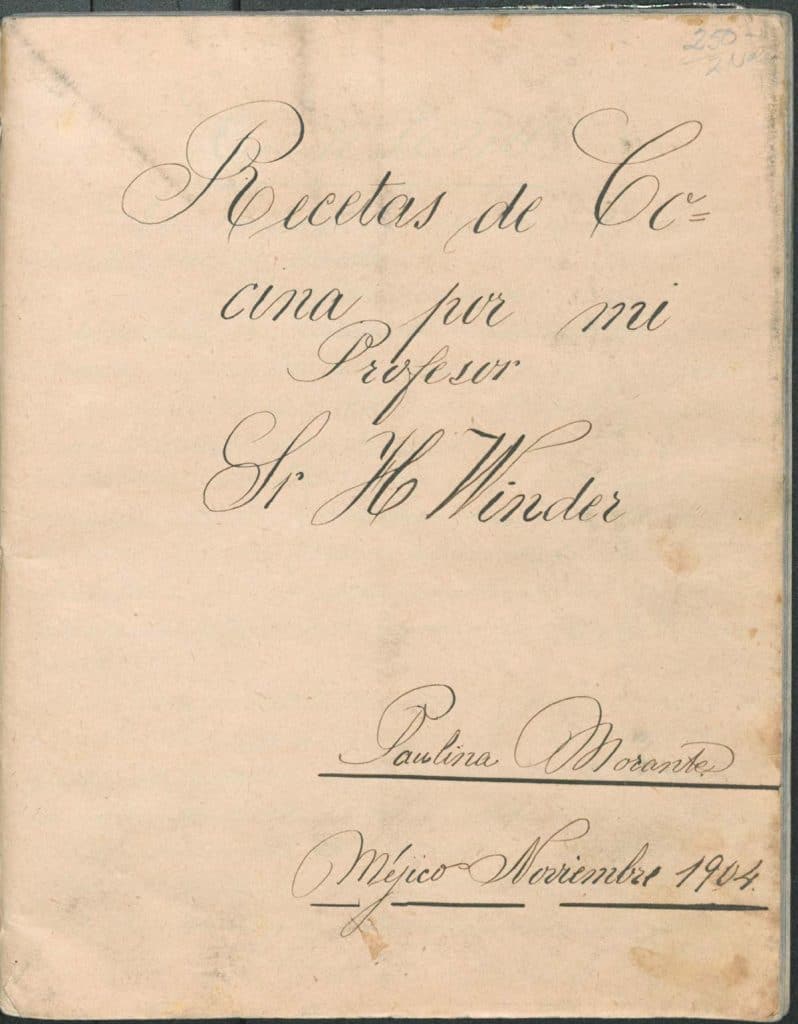
Cooking classes were a popular past time among Mexico’s middle and upper class women in the early to mid 20th century. Cookbook authors such as Alejandro Pardo and Josefina Velázquez de León earned significant portions of their living as culinary instructors, which provided opportunities to directly influence the culinary (and cookbook-reading) habits of the Mexican elite.
The title of today’s manuscript cookbook, which translates roughly as Recipes of Professor Mrs. H. Winder, seems likely to be the result of creator Paulina Morante’s enrollment in a cooking class of this kind. The recipes are inscribed in a beautiful, unhurried hand (albeit with little or no punctuation) and the title of each dish is clearly marked in larger writing with flourishes. Beginning with soups, the recipe book then moves on to eggs, sauces, an extensive section on fish, poultry and waterfowl, beef and pork, and finally a variety of recipes that don’t seem to fit into a single unified category. This final section includes dishes such as beignets á la Lorraine (Lorraine-style fritters), gelatina (gelatin), alcachofas á la Italiana (Italian artichokes), and Langosta á la Americana (American-style lobster).
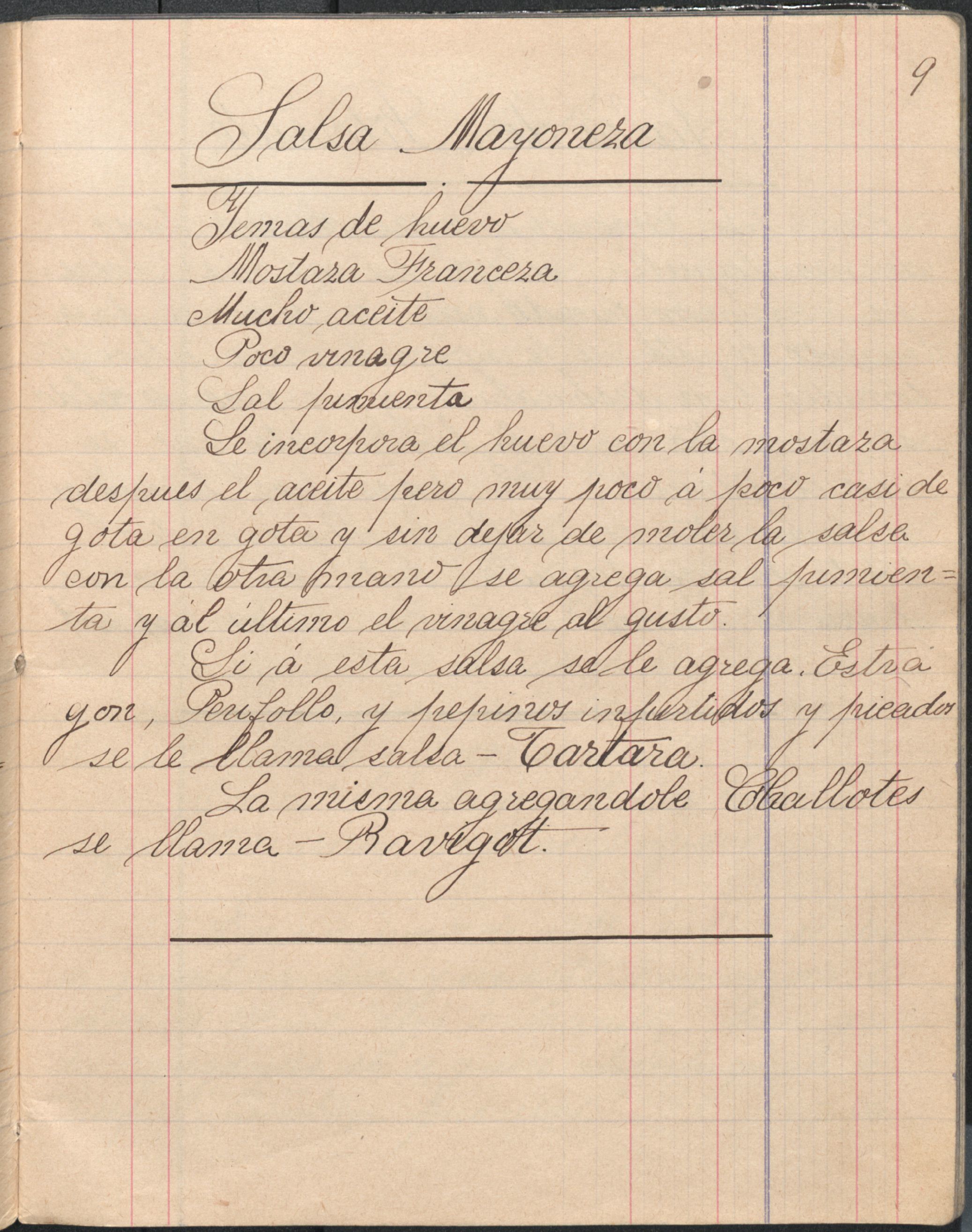
Following the index for pages 1-57 are several pages of recipes of quite different appearance than the preceding ones. The handwriting appears much more hurried or informal, and although each recipe is still titled, the titles are written in the same style and size of writing as the recipes themselves. Also, unlike in the earlier pages, recipes frequently run together, with no empty lines between them. The recipes in this section primarily consist of chicken and beef dishes, although there is also a recipe for hollandaise sauce, an egg dish, and tamales muy finas. Presumably, Paulina Morante (or a later owner) used the blank pages at the end of her course notes to record other recipes that she wished to remember and keep track of.
The salsas included in the second section of this recipe book are meant to be applicable to a wide variety of dishes. The recipes below explain how to make mayonnaise, tomato sauce, and madeira sauce.
Salsa Mayoneza (00013)
Yemas de huevo
Mostaza Francesa
Mucho aceite
Poco vinagre
Sal pimientaSe incorpora el huevo con la mostaza despues el aceite pero muy poco á poco casi de gota en gota y sin dejar de de moler la salsa con otra [?] se agrega sal pimienta y al última el vinagre al gusto.
Si á esta salsa se le agrega. [Estrayon], [Perifollo], y pepinos infurtidos y picados se le llama salsa – Tartara
La misma agregandole Challotes se llama – Ravigot
Se pone en una caserola un trozo de mantequilla, seboya, zanahoria, perejil y jamón picado esto se pone á freir cuando lo este se le agrega harina unos jitomates bien desbaratados y un poco de caldo, se pone otra vez á la lumbre con otro trocito de mantequilla. Esta salsa sirve para el pescado para los asados etc. etc.
Mayonnaise (00013)
Egg yolks
French mustard
Lots of oil
A little vinegar
salt and pepper
Mix the eggs with mustard and then the oil, but a little at a time, almost drop by drop, and without ceasing to mix the sauce as you add it. Add the salt and pepper, and at the very end, vinegar to taste.
If the following ingredients are added: tarragon, chervil, and pickled cucumbers (chopped), it is called salsa Tartara.
If the same sauce has shallots added, it is called Ravigote.
Salsa de Jitomate (00014)
Se pone en una caserola un trozo de mantequilla, seboya, zanahoria, perejil y jamón picado esto se pone á freir cuando lo este se le agrega harina unos jitomates bien desbaratados y un poco de caldo, se pone otra vez á la lumbre con otro trocito de mantequilla. Esta salsa sirve para el pescado para los asados etc. etc.
Tomato Sauce (00014)
In a pot, combine a bit of butter, onion, carrots, parsley and ham (all chopped up). As this cooks, add flour, tomatoes (well-mashed) and a little broth. Return to the heat with a bit more butter. This sauce may be served with fish, roasts, etc. etc.
Salsa Madeira (00016)
Se dora en mantequilla un poco de harina á que quede color de chocolate se le agrega jugo de carne o calda yervas de olor sebolla zanahoria y el vino de Madeira que antes habra hervido en un caserola.
Madeira Sauce (00016)
Brown a little flour in some butter till it turns the color of chocolate. Then, add beef stock or a broth of fragrant herbs, onion, and carrots. Also add Madeira wine (previously brought to boil in another pot).
[1]

